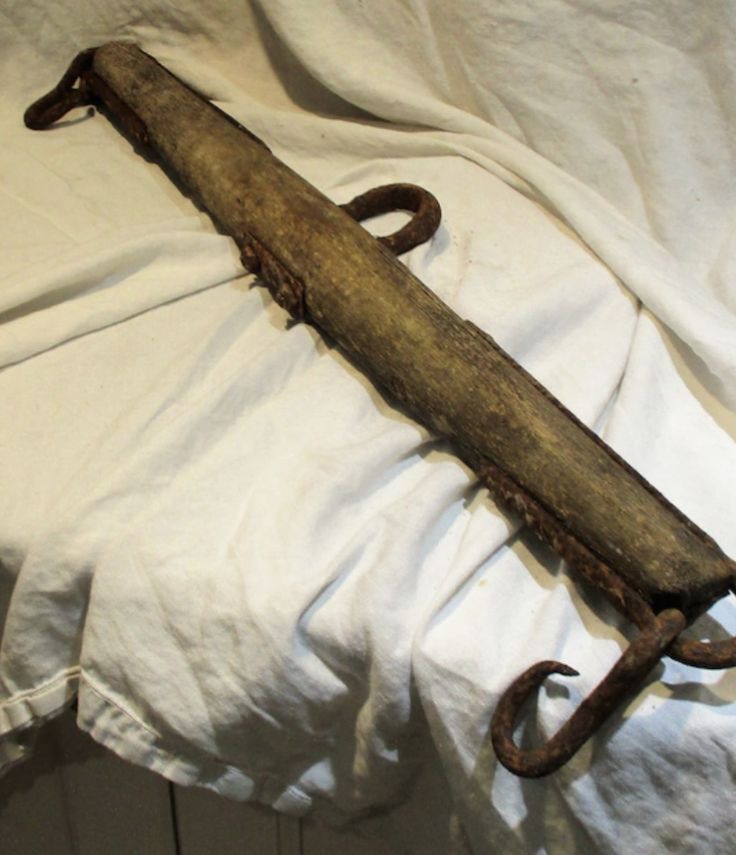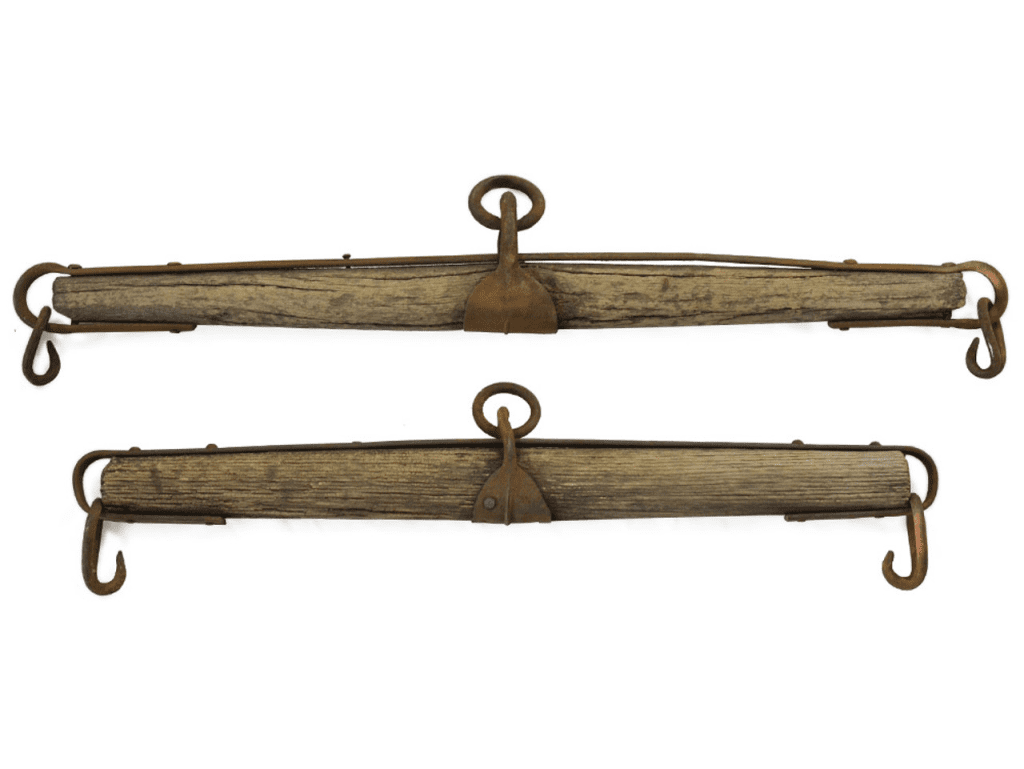Ever Seen One of These? It May Look Simple, But It’s Smarter Than You Think
Let’s take a moment to talk about a relic from the past that most people today wouldn’t recognize—yet it played a major role in transportation and farming for centuries. It doesn’t have any moving gears or glowing screens. In fact, it’s just a wooden or metal bar with a few hooks. Sounds boring, right?
Think again.
This seemingly primitive tool is called a swingle tree—also known as a singletree or doubletree, depending on the setup—and it was brilliantly designed to solve one big problem: how to evenly distribute force from a moving animal without causing injury or imbalance.
Sounds technical? Don’t worry, we’re going to break it all down.

What Exactly Is a Swingle Tree?
If you grew up on a farm or have ever seen old horse-drawn wagons in action, you might’ve come across this device without even realizing how clever it was.
A swingle tree is a horizontal bar that connects the pulling straps (called traces) of a horse, ox, mule, or other draft animal to whatever load they’re hauling—be it a plow, wagon, or sleigh.
It swings back and forth as the animal moves, which helps distribute the pulling pressure evenly across its shoulders. Think of it like a shock absorber for animals.
Video: Classic Wooden Swing by Fun Tree Swing
Why Was the Swingle Tree So Important?
Before tractors and engines, animals did all the heavy lifting—literally. But without the right tools, these animals suffered from constant strain and fatigue. The swingle tree changed that.
- It prevented shoulder injuries in horses and mules.
- It made pulling smoother and more efficient.
- It adjusted automatically with the animal’s movement.
Without this invention, farming and transportation in the 19th and early 20th centuries would have been a lot more painful—for both animals and humans.
Singletree vs. Doubletree: What’s the Difference?
So here’s where things get interesting. There’s not just one version of this tool.
- A singletree is used when only one animal is pulling the load. One bar, one connection, simple.
- A doubletree connects two singletrees together, allowing two animals to pull the same load. It balances the weight between them so neither one bears more of the burden.
Want to go even bigger? Teams of four or more animals would use multiple trees linked together in a kind of mechanical choreography—each piece designed to balance, shift, and absorb motion across the team.

A Perfect Blend of Engineering and Empathy
What makes the swingle tree so brilliant isn’t just its function—it’s the compassionate thinking behind it. Farmers and wagon builders understood that a hurt animal meant lost time, money, and productivity.
So rather than pushing animals to exhaustion, they designed a tool that moved with them, not against them. It was simple, efficient, and incredibly effective.
Imagine walking your dog with a leash that yanks every time they move. Now picture a leash that flexes with their steps. That’s the difference the swingle tree made for draft animals.
Where You Might Still See One Today
Though it’s not a common sight anymore, swingle trees haven’t disappeared completely. You might spot them:
- In museums or antique farm equipment displays
- At Amish farms where horse-drawn carriages are still used
- In old barns, often forgotten in dusty corners
- On vintage sleighs during winter festivals
And if you’re the nostalgic type, they also make great rustic wall décor—seriously, they add instant charm to a country-style home.
Video: Horse drawn carriage two main different types of swingle tre
Why This “Strange Object” Still Matters Today
In a world driven by high-tech gadgets and instant results, the swingle tree reminds us of a time when real-world problems were solved with simple, thoughtful design.
It wasn’t flashy. It didn’t need a user manual. But it worked—and it worked beautifully.
Today’s engineers and inventors could still learn a thing or two from this kind of thinking: Design tools that fit the user’s needs, even if the user walks on four hooves instead of two feet.
Conclusion: A Smart Invention That Deserves Recognition
So, the next time someone shows you a rusty bar and asks what it is, don’t shrug it off. That “weird old thing” might just be a swingle tree—an underrated marvel of early agricultural design.
It may look primitive.
It may not beep, buzz, or light up.
But it solved real problems in a practical way—and that’s the kind of genius that never goes out of style.
Now you know.
And if this little slice of history stirred something nostalgic in you, maybe you’re not as far from the past as you think.